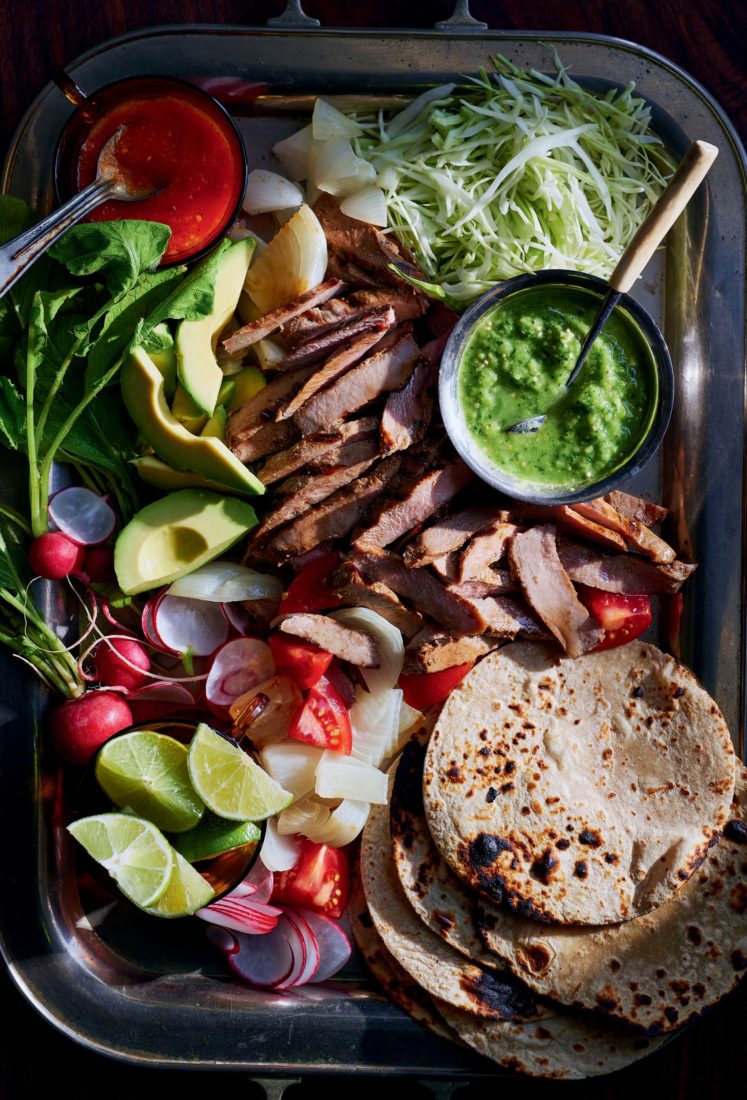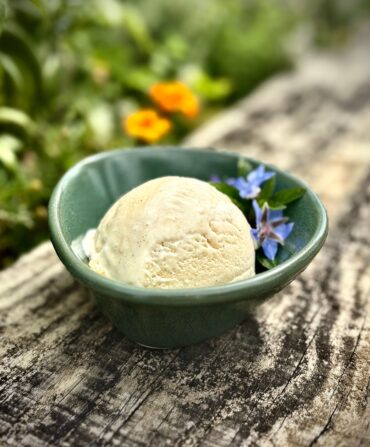Jesse Griffiths’s first book, Afield: A Chef’s Guide to Preparing and Cooking Wild Game and Fish, was a soulful revelation on the nourishments—physical, mental, and spiritual—of wild eating. Now he’s on a mission to demystify wild-hog cooking. Due this spring, his next opus, The Hog Book: A Chef’s Guide to Hunting, Preparing and Cooking Wild Pigs, includes more than a hundred wild-hog recipes, plus deep dives into hog hunting, butchering, and the animals’ natural and cultural history. “I’ve taught many classes on butchering and cooking venison, and the elephant in the room is always the wild hog,” he says. “Someone always raises their hand and says, ‘I know this is a class about deer, but…’”
Griffiths’s cookbook writing is a side gig to his real twenty-five-hour-a-day job, running his regionally focused Dai Due Butcher Shop & Supper Club in Austin and his New School of Traditional Cookery, with immersive classes devoted to hunting, fishing, and butchering skills. “There’s long been a one-size-fits-all approach to cooking wild hogs,” he laments. “But a wild hog can be fifteen pounds or three hundred fifty pounds. It’s disingenuous to approach them all the same way.” In his book, Griffiths divides wild hogs into four classes—small hog, medium hog, large sow, and large boar—and exults in the possibilities of each.
This bright, accessible table stunner is a winner, he says, because it works with hogs of any size—and it might just be “the end-all recipe for big boar backstraps.” Poc chuc has roots in the Yucatán, where pounded-thin pork steak is marinated in a sour orange concoction and cooked “over a ripping hot fire,” Griffiths says, “preferably something with character such as mesquite.” Sour oranges can be difficult to find, but it’s easy to get close with his combination of lime and navel or Valencia orange juice. His two salsas—one a traditional habanero sauce, the other a thicker avocado and mint potion—interact with the robust flavor of the meat in different ways: one a spicy exclamation point on the edgy notion of a meal of wild hog, the other a pleasingly tame approach.








